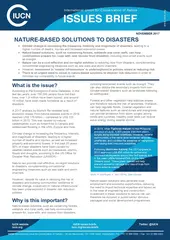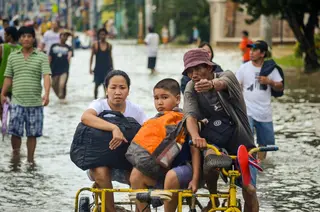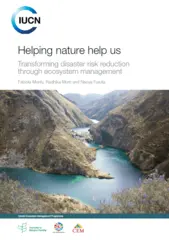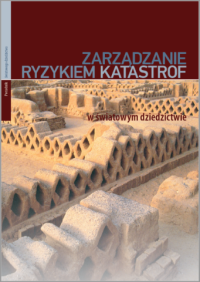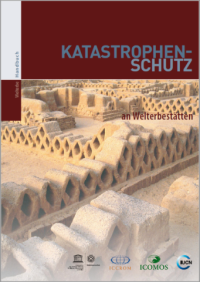Disasters
The term natural hazards refer to events such as cyclones, earthquakes, tsunamis – events that occur in the physical environment and can potentially cause harm to people and property. A disaster is however defined slightly differently by the United Nations Office for Disaster Risk Reduction (UNDRR):
A serious disruption of the functioning of a community or a society involving widespread human, material, economic or environmental losses and impacts, which exceeds the ability of the affected community or society to cope using its own resources
A definition of disaster by UNDRR
Natural approaches to reduce risks
The ability of people to cope with disasters and adapt to climate change is inextricably linked to their access to basic human rights and to the health of the ecosystems on which they depend for their livelihoods and well-being. The ongoing and future impacts of climate change and disasters on communities must not be seen in isolation, but rather addressed through comprehensive landscape-scale approaches and integrated into broader development and conservation paradigms.
Ecosystem-based disaster risk reduction (Eco-DRR) and ecosystem-based adaptation (EbA) are related approaches that can be thought of as a continuum, from mitigating large-scale disasters, such as tsunamis and landslides, to adapting to different climatic conditions.
The use of biodiversity and ecosystem services as part of an overall adaptation strategy to help people adapt to the adverse effects of climate change
A definition of EbA in CBD Technical Series No 93 (April 2019)
The sustainable management, conservation and restoration of ecosystems to reduce disaster risk, with the aim to achieve sustainable and resilient development
A definition of Eco-DRR in The role of ecosystems in disaster risk reduction, Fabrice G. Renaud, Karen Sudmeier-Rieux and Marisol Estrella (United Nations University, 2013)
